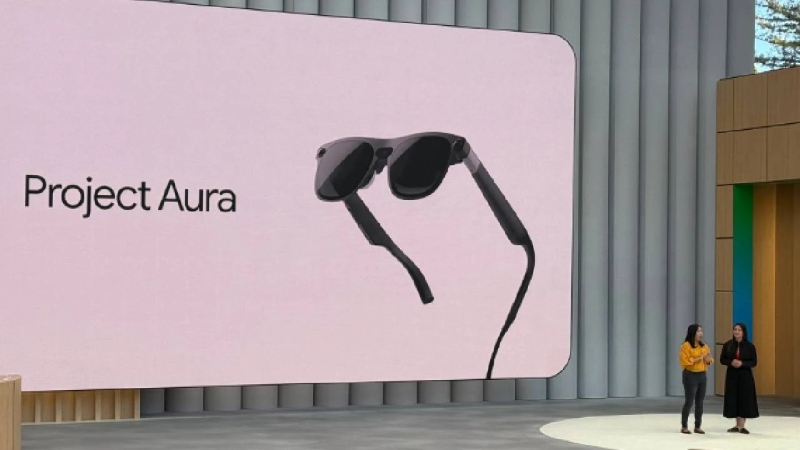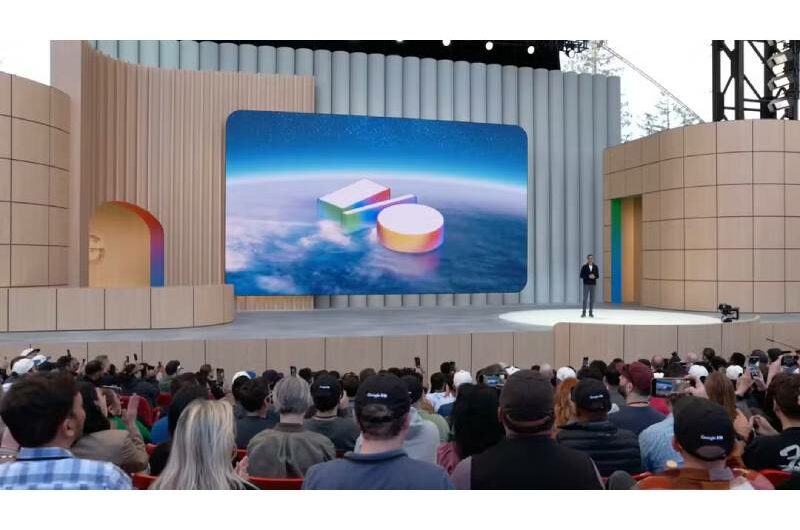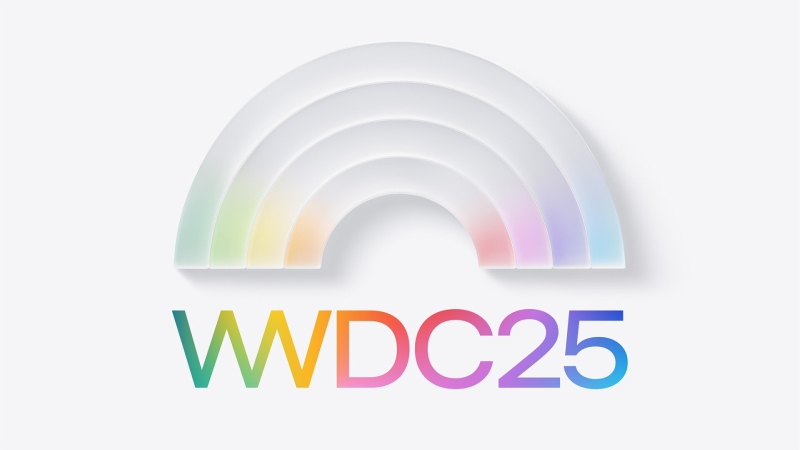When Android XR launches later this year, it will debut first on Samsung’s mixed reality headset, Project Moohan. However, Google has now confirmed that XREAL, a company known for its AR glasses, will be the second official hardware partner with a new device named Project Aura.
The announcement came during Google’s I/O developer conference, revealing that the China-based XREAL will integrate Android XR into Project Aura, an optical see-through headset. Designed as a portable and tethered device, Project Aura will support popular Android applications, including those optimized specifically for XR environments.
Project Aura is being created in close cooperation with Google and chip manufacturer Qualcomm, according to XREAL, though specifics are still few. The headset is expected to become available to developers shortly after Project Moohan hits the market later this year.
While technical specifications haven’t been disclosed, XREAL has a history of using micro-OLED displays with birdbath optics, a more cost-effective approach compared to waveguide technology used in devices like Microsoft HoloLens, Magic Leap, or Meta’s Orion AR prototype. Birdbath optics are known for providing a brighter display and wider field of view, though the trade-off is a slightly bulkier design. On the other hand, waveguide optics tend to be thinner and more transparent, although they usually offer a narrower field of view-something newer prototypes like Meta Orion are aiming to improve.
Similar to the Android XR glasses from companies like Warby Parker and Gentle Monster that were displayed on stage at Google I/O, Project Aura will have integrated Gemini AI capabilities. These will enable real-time translation, contextual AI conversations, object recognition, web browsing, and the display of useful on-screen information.
XREAL, formerly known as Nreal, is a logical next step for Google in its XR hardware expansion. Since its founding in 2017, the company has released several generations of AR glasses and developed its own Android-based launcher, Nebula, to deliver immersive AR experiences.
A headset, Project Aura is not a stand-alone device like its predecessors. It will rely on an external device to run Android XR, although it’s still unclear whether this will be a smartphone or a dedicated companion like the XREAL Beam. More information is expected at the Augmented World Expo (AWE), taking place from June 10 to 12 in Long Beach, California, where XREAL plans to share further details about Project Aura.
Topics #Android #Android XR #AR Glasses #Google #news #Project Aura #Project Moohan #Xreal










